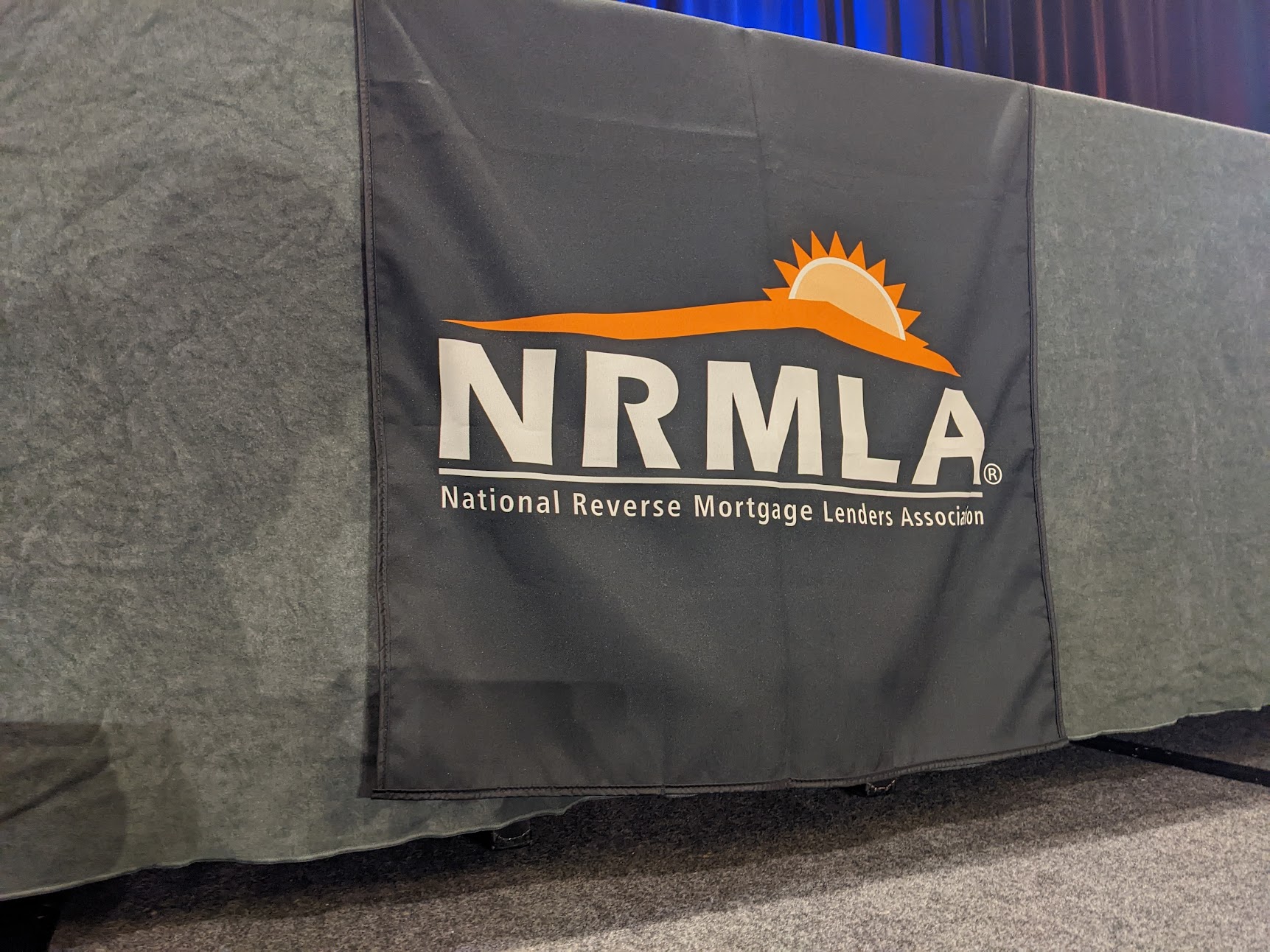

The mantra is clear – “We need to grow our industry.”
This week I represented Reverse Mortgage Daily and HousingWire at the National Reverse Mortgage Lenders Association (NRMLA) Southern Regional Meeting in Austin, Texas. About 100 reverse mortgage professionals gathered to talk about origination, servicing, regulation and economic trends.
The room was unique — a dedicated group of reverse originators, wholesale executives, servicers and industry partners shared tips and collaborated in an effort to “grow the pie.” There wasn’t a single session without audience engagement and attendees didn’t hesitate to share their questions, views and tactical advice.
Reverse professionals and housing commentators have been talking about the “silver tsunami” for 20 years. We have seen record numbers of baby boomers turn 62 years old (the qualifying age for most reverse mortgage products), yet the reverse mortgage market has stayed pretty steady — with approximately 2% market penetration. What’s holding back increased market penetration and consumer adoption?
Shelly Giordano, director of enterprise integration at Mutual of Omaha Mortgage, presented survey findings in a session titled “The Public’s Perception of Home Equity in Retirement.” Giordano said that reverse mortgage knowledge among older Americans is still low. Seventy-four percent of those surveyed had either never heard of the phrase, knew the phrase but knew nothing about reverse mortgages or categorized themselves as having “a little” knowledge.
And, according to the survey, many respondents that were aware of the product had concerns or misperceptions. One headline finding is that older Americans have concerns about losing their home and excessive fees. These are long-standing concerns that the industry has yet to overcome.
Forty percent of respondents that were aware of reverse mortgages believe that a reverse mortgage would mean heirs won’t inherit their home and 22% believe they would no longer own their homes. There are abundant opportunities for consumer and industry education to develop a more informed marketplace.
There was one somewhat contradictory theme that stood out. Many reverse originators think that broader awareness by forward LOs comes with risks and could cause reputational harm to the reverse industry (though this is obviously not a universal belief). The product is complex and passerby originators may not fully understand the considerations for homeowners. However, reverse executives are ready to grow the pie and are eager to increase awareness with forward originators, real estate agents, and financial services firms.
Jim Brodsky of Weiner Brodsky Kider PC provided an engaging regulatory compliance update. Elly Johnson and Erik Morin discussed appraisal bias and valuation trends. Clare Losey, chief economist of the Austin Board of Realtors engaged the room with an economic update. And a servicing panel including Gail Balettie of Celink opened a debate and discussion on borrower notices and envelope design.
The day concluded with the much-anticipated loan originator roundtable featuring Loren Riddick of Thrive Mortgage, Bruce Simmons of American Liberty Mortgage and Allen Chao of Longbridge Financial. The speakers set the tone — this market is tough, but demand has never been greater. There won’t be any easy fast wins and we’ll only grow the industry through dedication and focus.